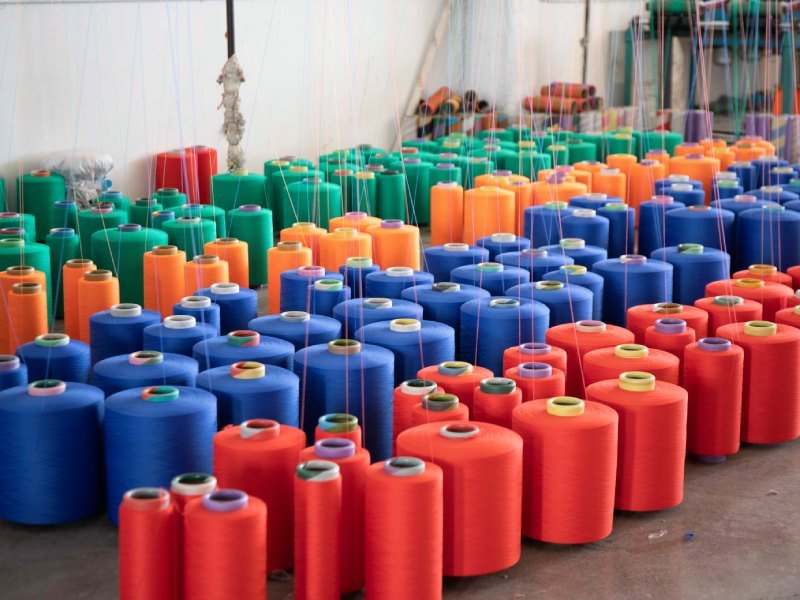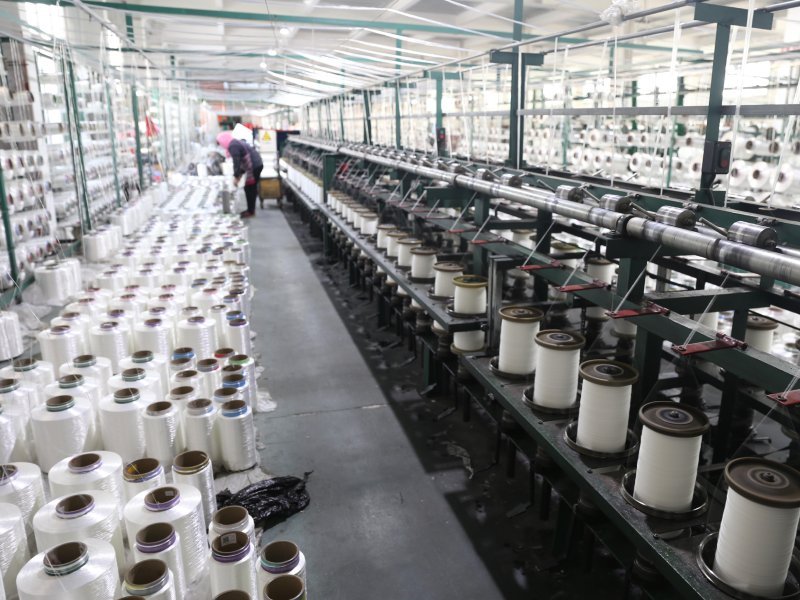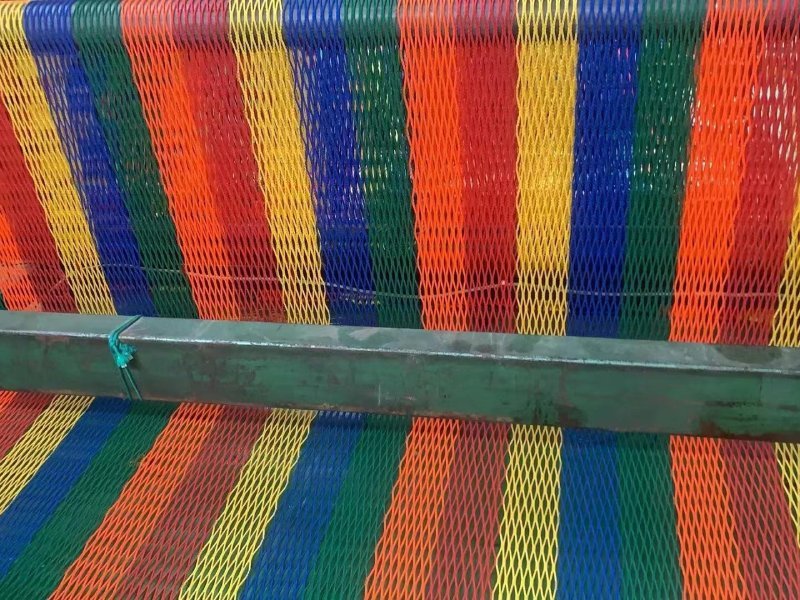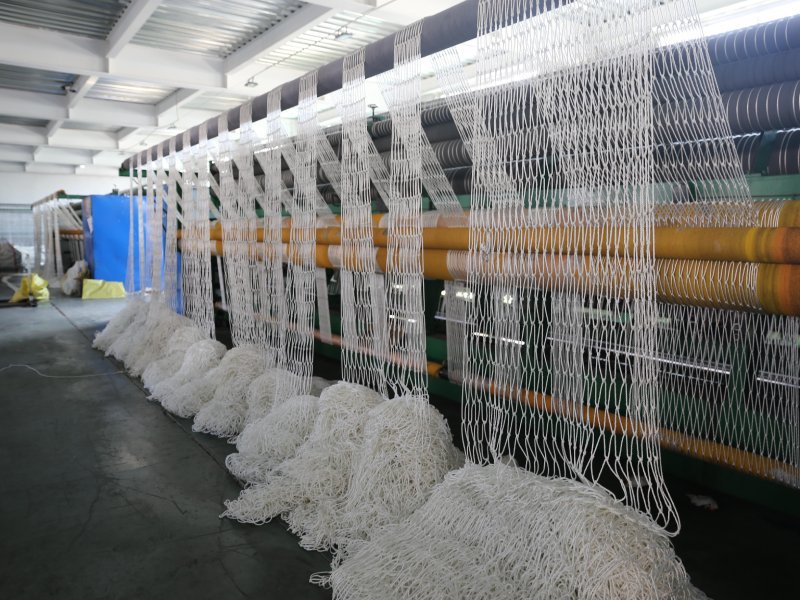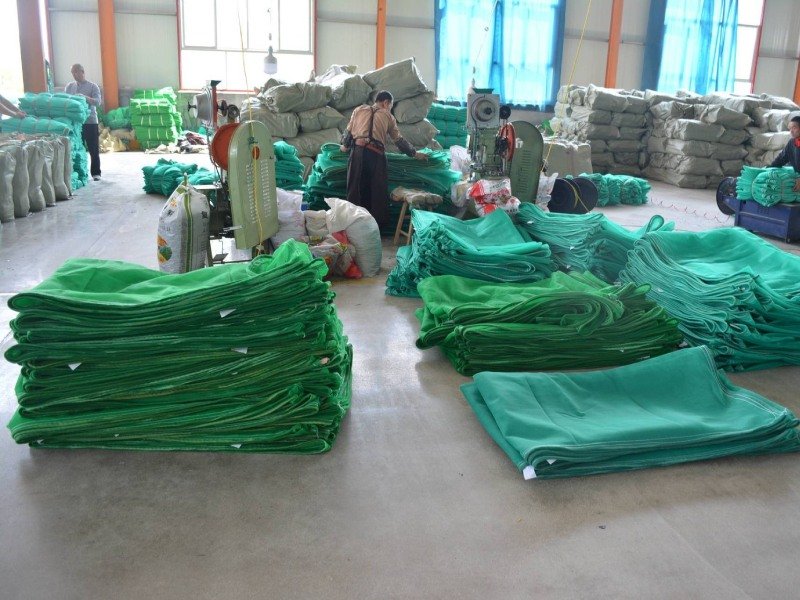Durable & Customizable Climbing Nets for Adventure Parks, Playgrounds
Looking for high-strength climbing nets that keep users safe while adding fun to any space? Our custom climbing netting is perfect for adventure parks, playgrounds, sports facilities, and obstacle courses. Made with weather-resistant materials and tested for durability, our nets ensure long-lasting performance—whether for kids’ play areas or extreme training zones. Custom sizes, colors, and designs available!
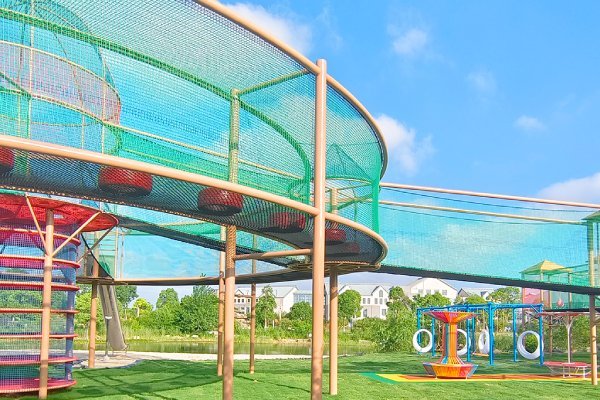
Climbing Nets Sub-Categories
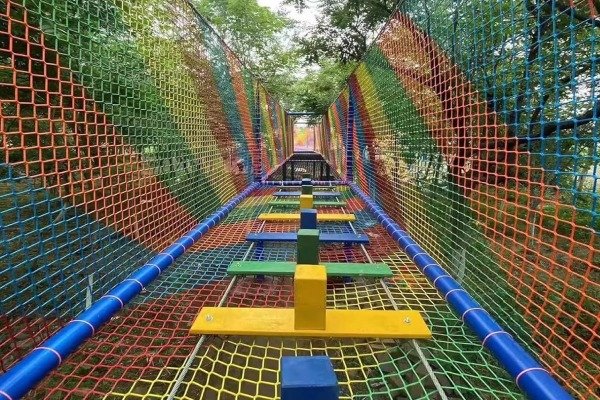
Custom Climbing Netting
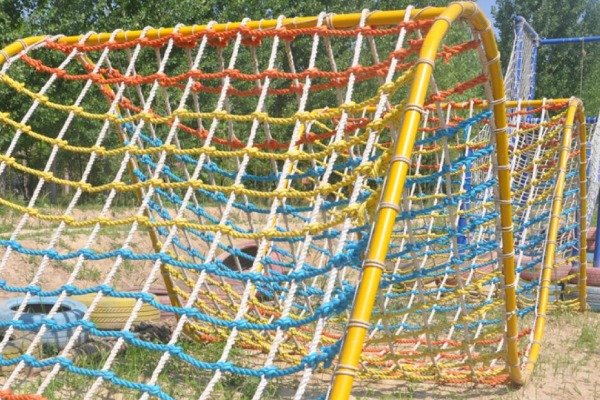
Custom Climbing Rope
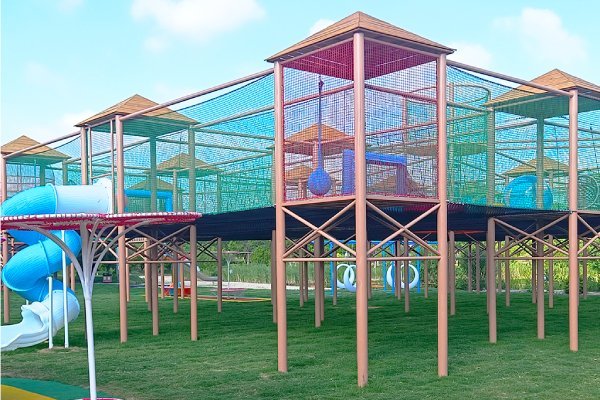
Tailored Sizes & Shapes for Any Space
Every project has unique requirements—whether it’s a compact playground or a sprawling adventure park. We offer fully customizable dimensions and shapes to fit your exact layout. Need a 10m spider web net or a triangular climbing wall? No problem. Our team ensures precise engineering so your net integrates seamlessly into the design, maximizing both safety and engagement.
Branded Colors & Logos for Professional Touch
Stand out with custom-colored nets that match your facility’s theme or corporate branding. Want your logo woven into the netting? We make it possible with high-visibility, fade-resistant printing. Ideal for commercial parks, schools, and resorts looking to reinforce brand identity while delivering a premium experience.
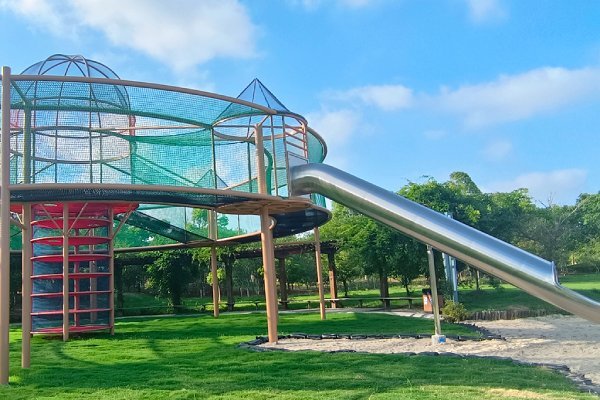
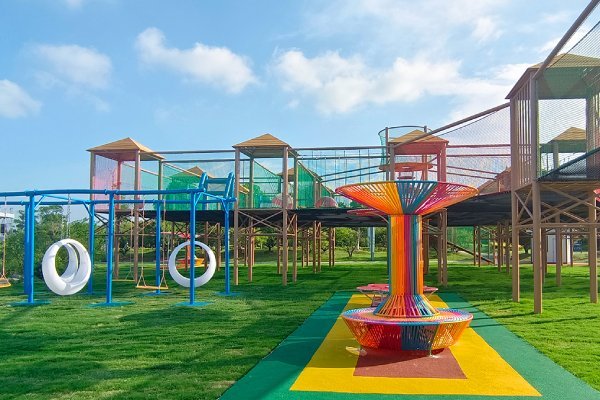
Heavy-Duty Materials for Extreme Durability
Not all climbing nets face the same wear and tear. For high-traffic parks or rugged training facilities, we reinforce nets with UV-stabilized, abrasion-resistant materials. Each batch undergoes SGS/TUV-tested tensile strength checks, ensuring your net withstands years of heavy use, weather extremes, and rigorous activity—no compromises on safety.
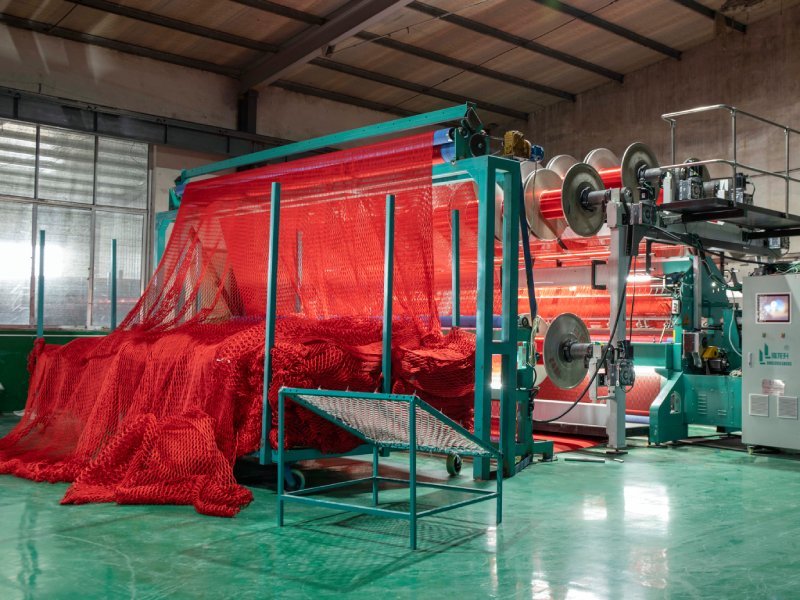
Looking for high-performance divider netting and safety netting solutions that combine durability, safety, and customization? Wenneting is your trusted partner! With 25+ years of expertise in manufacturing premium sports barrier nets, batting cages, and industrial safety nets, we help gyms, warehouses, children’s playgrounds, and sports facilities enhance safety, optimize space, and reduce costs.
- Tailored Solutions: Customize nets by size, color, material, and branding (OEM/ODM) to fit your exact needs.
- Unmatched Quality: High-strength polyester/polypropylene nets, rigorously tested for UV resistance, tensile strength
- End-to-End Support: From free samples to logistics, we streamline global procurement for traders and end-users alike.
THE ULTIMATE GUIDE
Everything Your Need to Know About Custom Climbing Netting
Climbing nets aren’t just pieces of playground equipment—they’re the heart of adventure, exercise, and imagination. For children, they spark creativity and develop essential motor skills. For adults, they provide an exciting way to stay fit or test endurance in obstacle courses. For designers of playgrounds and adventure parks, they offer flexibility, durability, and a way to transform ordinary spaces into something extraordinary. But with so many materials, safety requirements, and installation options, making the right choice can feel overwhelming. This guide walks you through everything you need to know about custom climbing netting so you can make an informed, confident decision.
Custom climbing nets are rope or webbing structures designed for climbing, balancing, or lounging, and they are tailored to fit the specific needs of playgrounds, adventure parks, gyms, and even homes. Typically built from durable materials such as polyester, nylon, or steel-reinforced ropes, they are engineered to meet strict international safety standards. Owners can customize the design by choosing mesh size, rope thickness, colors, and anchoring systems. When properly installed and maintained, these nets offer years of safe play and fitness, making them a reliable and long-lasting investment.
With the basics out of the way, let’s explore the details—materials, safety rules, installation tips, costs, benefits, maintenance, and design ideas—so you know exactly how to bring your climbing net project to life.
What materials are used for custom climbing nets?
The material of a climbing net determines not only how it feels to climb but also how long it will last and how safe it is. Polyester rope is among the most common options, especially for outdoor playgrounds. It resists UV rays, doesn’t stretch much, and holds up well in all weather conditions. While it’s slightly stiffer than other ropes, its durability makes it ideal for installations that need to withstand heavy daily use. Nylon, on the other hand, is softer to grip and offers great flexibility, which is why it’s often chosen for indoor nets or areas where comfort matters most. The downside is that nylon absorbs water and weakens outdoors, so it’s best avoided in rainy or humid climates.
Another option gaining popularity is poly Dacron, a synthetic blend that mimics the look and feel of natural hemp rope. This choice is perfect for projects where aesthetics matter, such as themed playgrounds or treehouses that want a rustic look without sacrificing strength. For the toughest environments, like obstacle courses and adventure parks, steel-reinforced rope (often marketed as Netform) is the gold standard. It combines a steel core with a polyester sheath, creating a net that can hold massive loads and resist wear even under constant use. Finally, webbing straps are used in hammock floors and loft nets, where comfort and lounging are more important than climbing grip. They create a flat, flexible surface that’s perfect for relaxation zones indoors.
How safe are climbing nets for playgrounds and adventure parks?
Safety is the backbone of any climbing net installation. International standards exist to make sure these structures are safe for both children and adults. In the United States, ASTM F1487 outlines playground safety requirements, while Europe relies on EN 1176, and countries like Canada and Australia have their own CSA Z614 and AS 4685 guidelines. Regardless of location, these standards emphasize the same fundamentals: safe mesh size, strong load capacity, and secure anchoring.
For children’s play areas, mesh openings should generally be no larger than twelve centimeters to prevent head or limb entrapment. Adventure parks that cater to adults can allow for larger openings, but even then, nets must be carefully designed to avoid unnecessary risks. Load-bearing capacity is another critical factor. A single net may hold the weight of several climbers at once, so ropes and anchors must withstand far more than expected use. Anchoring systems, whether to trees, posts, or steel frames, need to be made of corrosion-resistant hardware, and all fall zones underneath should be cushioned with materials like rubber surfacing or engineered wood fiber. By following these standards, climbing nets not only provide excitement but also give owners peace of mind.
How do you install a climbing net?
Installing a climbing net is a process that blends careful planning with practical skill. It begins with measuring the space and deciding on the net’s orientation—whether it will be vertical like a climbing wall, angled for easier climbs, or horizontal like a hammock floor net. Once you know the placement, the next step is choosing reliable anchoring points. Outdoors, this could mean securing the net to sturdy trees, treated posts, or steel frames. Indoors, beams, concrete walls, or reinforced brackets are common choices.
After anchors are chosen, the net must be properly tensioned. This is a critical step, as too much slack can create unsafe sagging, while over-tightening risks damaging the rope or anchor points. Professionals use specialized tensioning tools, but DIY installers can achieve good results with turnbuckles and ratchets if they work carefully. The edges of the net should always be sealed, either with clamps, whipping, or heavy-duty knots, to prevent unraveling over time. Finally, the net should be tested under controlled weight before opening it to the public. A gradual test—adding sandbags or controlled pressure—ensures the system holds securely.
While small-scale projects like loft nets or treehouse cargo nets can be safely installed by homeowners, large adventure park installations should always be handled by certified professionals. They have the knowledge to meet safety codes and the equipment to make sure everything is secure. Skipping professional installation in high-traffic environments can be a costly and dangerous mistake.
How much does a custom climbing net cost?
The cost of custom climbing netting varies dramatically, but understanding the factors involved makes budgeting easier. For small projects like a climbing cargo net for a treehouse, you might spend between one hundred and five hundred dollars depending on size and rope thickness. Playground climbing nets, which are larger and often require custom colors or shapes, usually fall in the eight hundred to two thousand five hundred dollar range. On the high end, adventure parks that need giant structures made from steel-reinforced rope can expect costs from five thousand to fifteen thousand dollars or more.
Several factors influence these prices. Rope diameter is a big one—thicker ropes not only last longer but also feel safer underfoot, though they add to material costs. The choice of material also matters; steel-reinforced ropes are significantly more expensive than nylon or polyester but provide unmatched strength. Customization in color, branding, or design complexity can also raise costs, as can professional installation fees, which often add twenty to forty percent.
As an example, a climbing cargo net for kids made from polyester might cost around two hundred and fifty dollars for a mid-sized five-by-seven-foot net. A heavy-duty steel-reinforced net designed for adult obstacle courses might reach three thousand dollars or more for a fifteen-by-twenty-foot setup. Indoor loft net hammocks, popular in modern homes, often cost over a thousand dollars depending on square footage. While the numbers may feel high at first, investing in high-quality nets pays off in reduced maintenance and fewer replacements.
What are the benefits of climbing nets for kids vs. adults?
Climbing nets deliver different types of benefits depending on who’s using them. For children, the biggest advantages are developmental. As kids climb, they refine motor skills, improve coordination, and build muscle strength. They also learn spatial awareness and risk management, testing their limits in a controlled and safe way. Beyond physical development, nets fuel creativity. Children imagine pirate ships, jungle expeditions, or castles while exploring, turning a simple net into an endless source of play. Socially, climbing nets encourage group play, cooperation, and even healthy competition.
For adults, climbing nets shift from imaginative play to serious fitness. They are a staple in obstacle courses, military-style training, and ninja gyms because they provide a full-body workout. Climbing builds grip strength, upper-body endurance, and core stability, while crawling across horizontal nets engages balance and agility. Adventure parks often use nets to add thrill and variety to adult attractions, while corporate groups use them for team-building challenges. Unlike traditional gym equipment, climbing nets make workouts feel like play, lowering stress and increasing motivation.
Owners who want to serve both groups can design spaces with multiple nets—smaller mesh playground climbing nets for kids and heavy-duty vertical climbing cargo nets for adults. This way, everyone gets the benefit of safe fun and physical challenge.
How do you maintain a climbing net?
Once installed, a climbing net requires ongoing care to remain safe and effective. Daily or weekly checks should focus on visible wear and tear. Look for frayed ropes, loosened knots, or debris caught in the net. In outdoor settings, fallen branches or sharp objects should be cleared away immediately. Monthly maintenance should include a more detailed inspection. Washing the ropes with mild soap and water prevents dirt buildup, and checking for UV damage ensures the rope hasn’t grown brittle from sun exposure. Retensioning the net may also be necessary to keep it from sagging.
On a yearly basis, a deeper review should be done. Replace worn or damaged sections of rope, check all hardware for rust or corrosion, and ensure the entire structure meets current safety standards. If the net is part of a commercial playground or adventure park, annual re-certification may even be required by law or insurance. Lifespan varies by material: nylon nets might last three to five years outdoors, polyester five to eight years, and steel-reinforced polyester nets over a decade. Keeping a maintenance logbook helps track inspections, provides a record for insurance purposes, and ensures nothing slips through the cracks.
Can climbing nets be custom-designed for different spaces?
The flexibility of climbing nets is what makes them so appealing. In adventure parks, they can become massive attractions: multi-level spider web towers, horizontal nets used as rest platforms high above the ground, or themed installations shaped to fit a jungle, pirate, or futuristic design. Playgrounds can use brightly colored nets designed for younger children, often angled for easier climbs and paired with slides or bridges. These structures encourage exploration and keep kids active.
Treehouses are another classic use. A climbing cargo net for treehouses provides both access and safety, letting children climb up like adventurers while also serving as a guardrail. Indoors, climbing nets have become trendy in modern architecture. Loft net hammocks or hammock floor nets create relaxing spaces for lounging, reading, or playing, often becoming the centerpiece of a bedroom or lounge area. In gyms and training facilities, climbing nets take on a different role as tools for fitness and competition, with vertical walls and overhead crawl nets that push participants to their limits.
Customization goes far beyond size. Mesh openings, rope thickness, and even color can be tailored to match branding or design goals. Schools may choose nets in their team colors, while theme parks can create custom patterns to fit their storytelling. This adaptability makes climbing nets not only functional but also a creative design element.
Summary
Custom climbing nets combine safety, creativity, and adventure in one versatile package. From playground climbing nets for children to heavy duty cargo nets for adults, they serve a wide range of needs while offering both fun and fitness. The right choice of material, attention to safety standards, professional installation, and regular maintenance all ensure years of reliable use. Whether you’re building an adventure park, designing a playground, or adding a hammock floor to a modern loft, climbing nets are a smart investment. Think carefully about who will use the net, where it will be placed, and how it should look, and you’ll end up with a feature that delights, challenges, and lasts.
Get Instant Quote
Frequently Asked Questions
We use marine-grade ropes, polyester, and polypropylene, all UV-treated and weatherproof for outdoor use.
Yes! We specialize in flexible production, from sample orders to bulk shipments.
Typically 10–15 days, with express shipping (15–20 days total) via DHL/FedEx.
Absolutely—custom colors, logos, and packaging are standard.
ISO 9001 certified, with SGS/TUV reports for tensile strength and durability.
Varies by design, but standard nets hold 200–500kg per m² (can be reinforced).
Yes, our materials resist -30°C to 80°C, plus saltwater/UV exposure.
We provide detailed manuals and CAD drawings for easy setup.
Get Free Sample
Custom Climbing Netting Projects
We’ve supplied custom climbing nets for clients across adventure parks, schools, and fitness centers—each with unique needs. Whether it’s enhancing safety standards, accommodating unusual layouts, or meeting tight deadlines, our solutions prioritize your operational efficiency and user satisfaction. Partner with us to leverage 25 years of engineering expertise, ensuring your project runs smoothly from design to delivery. More Projects

